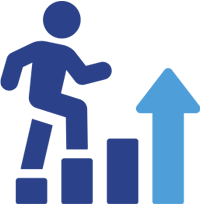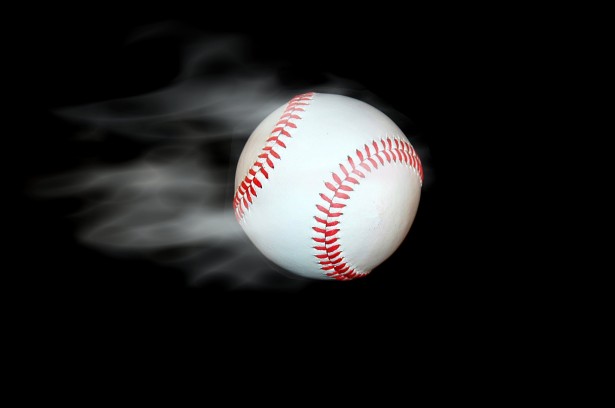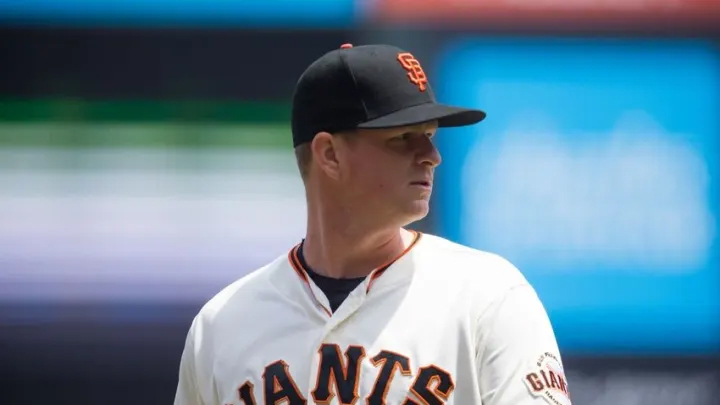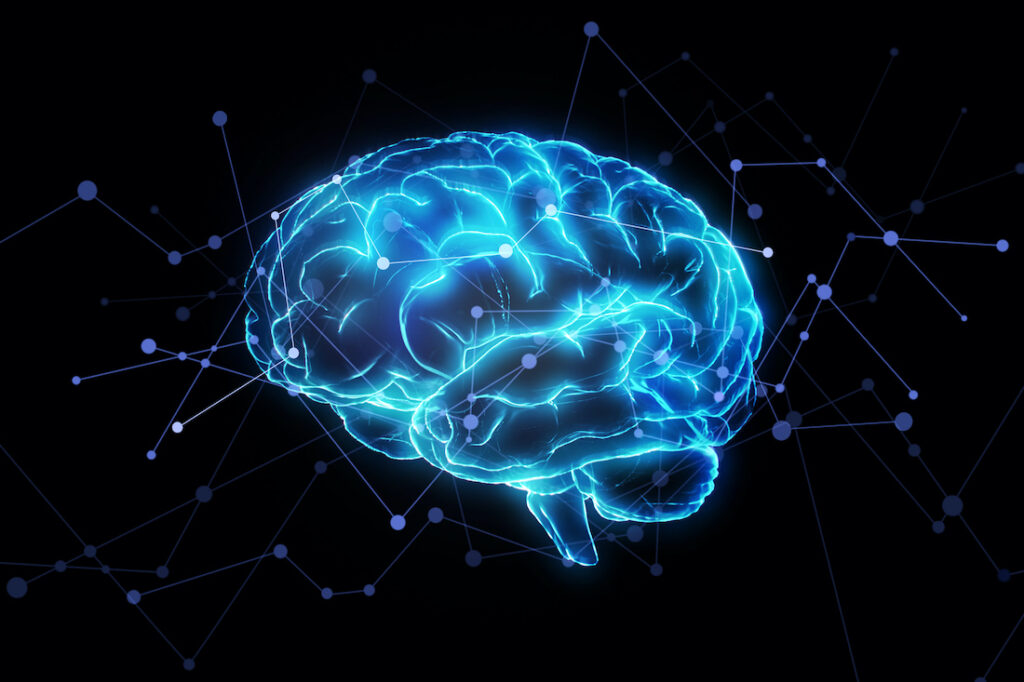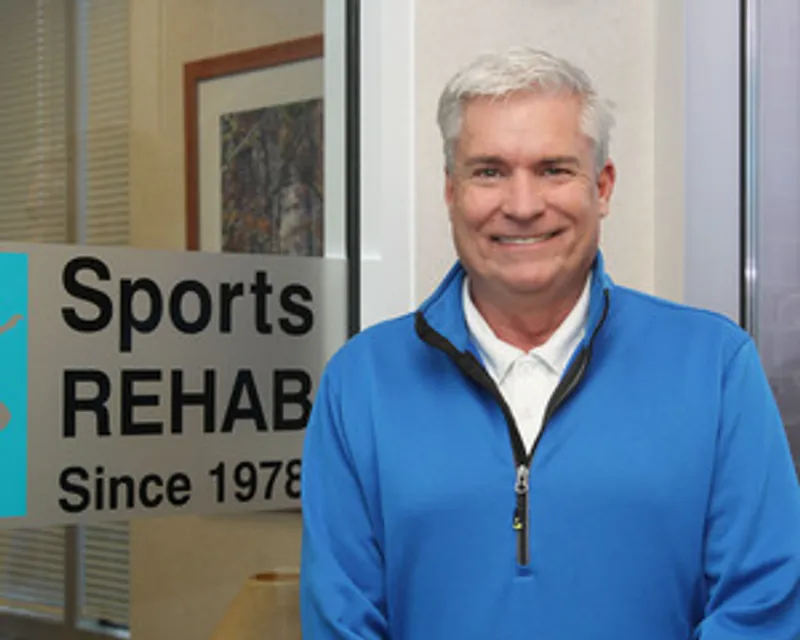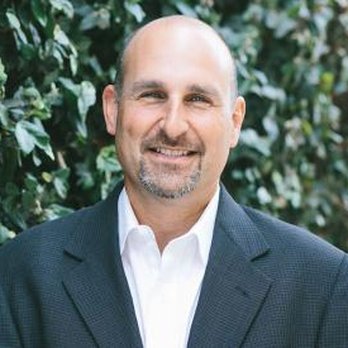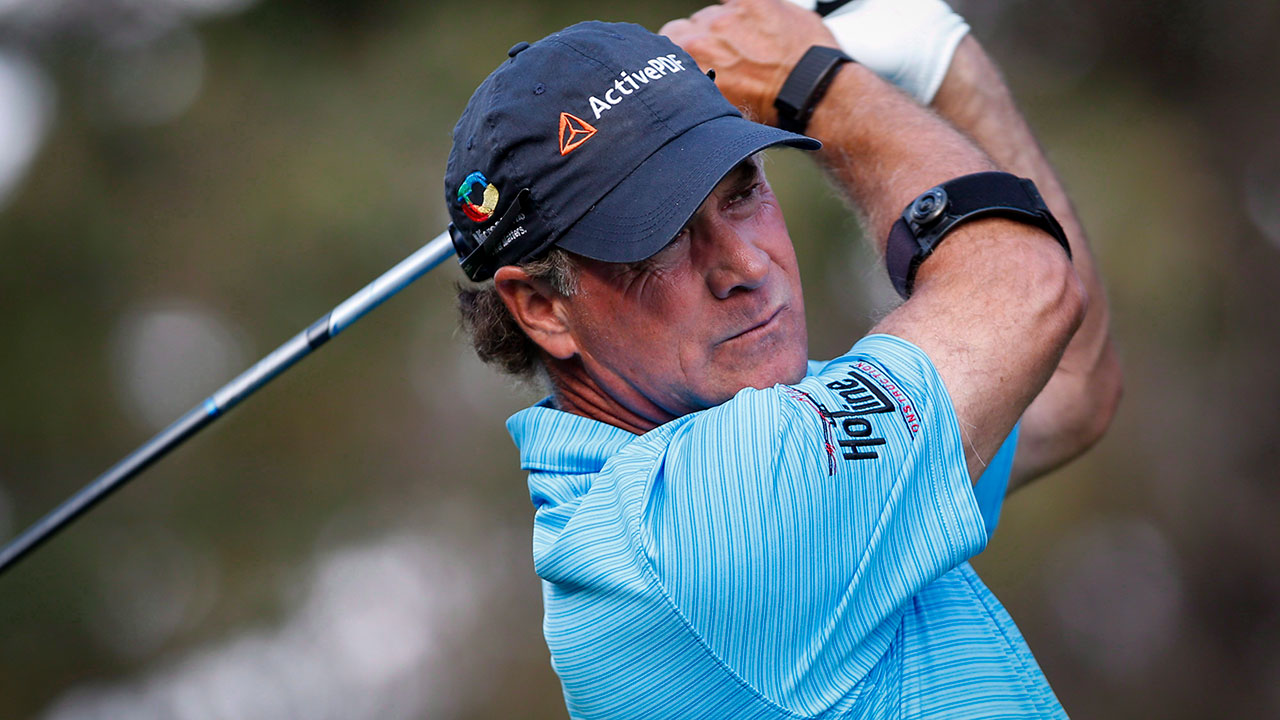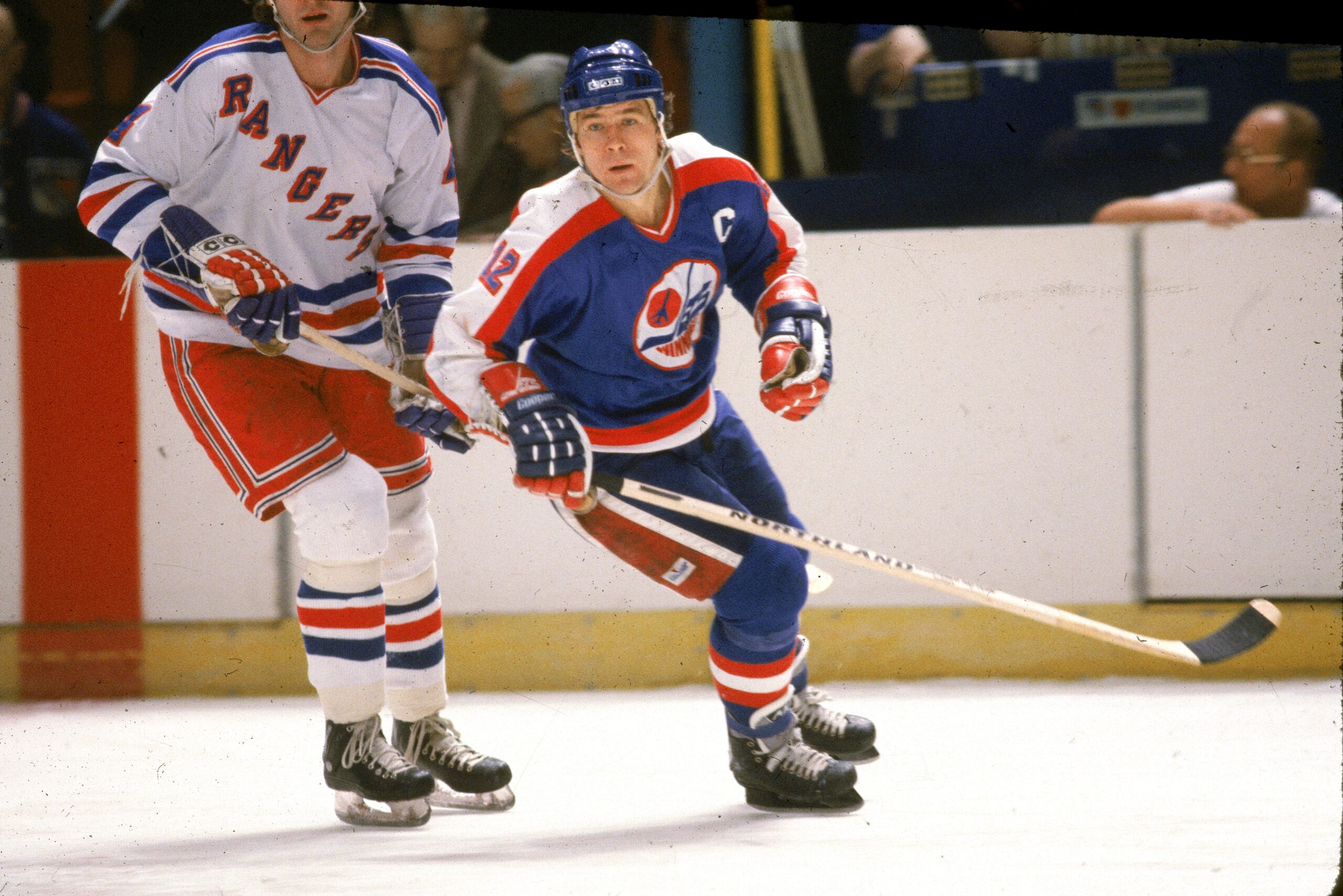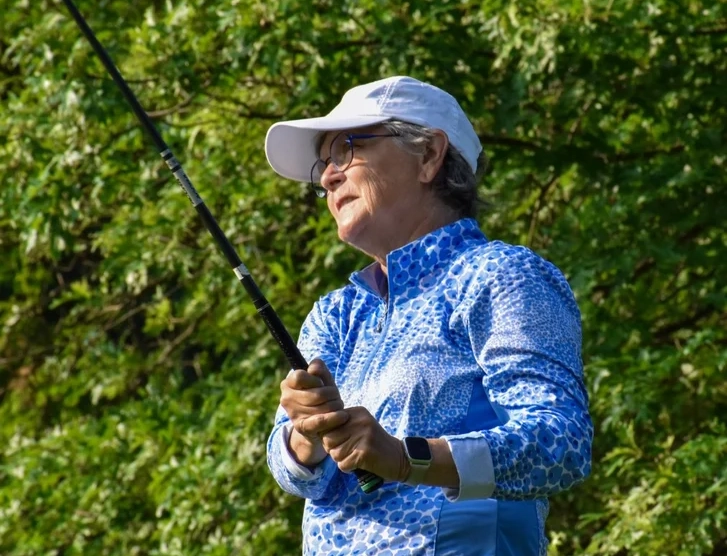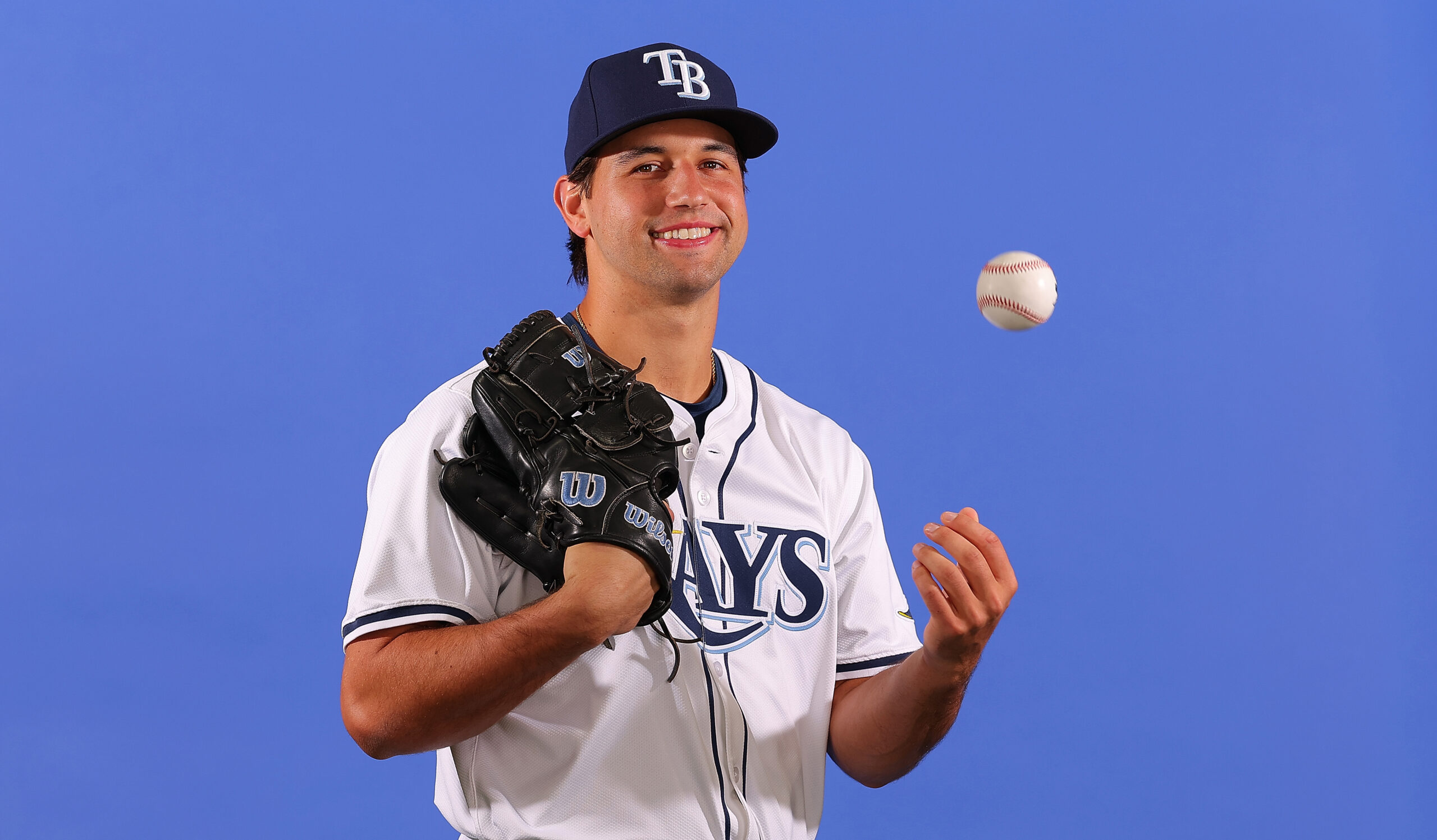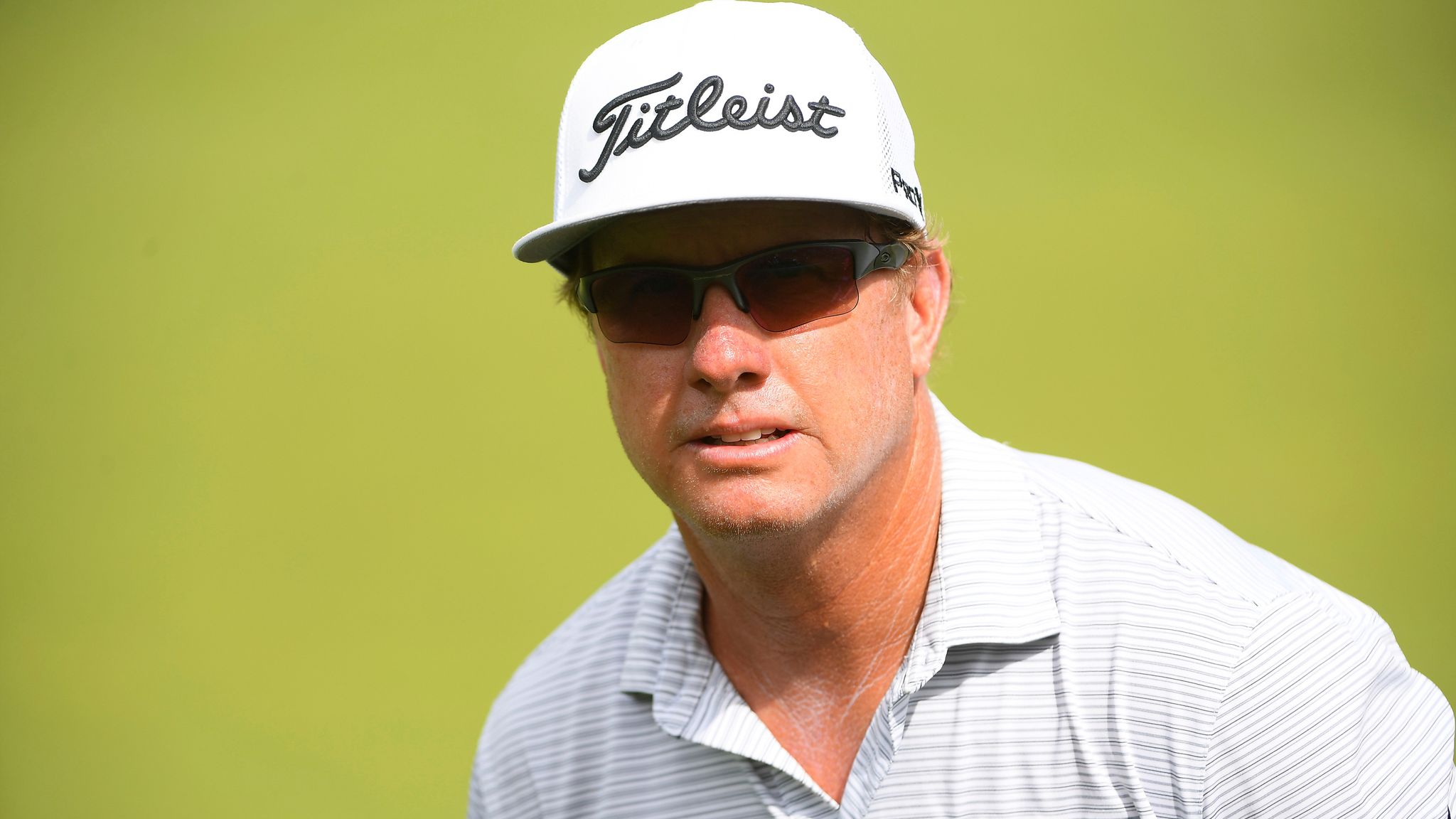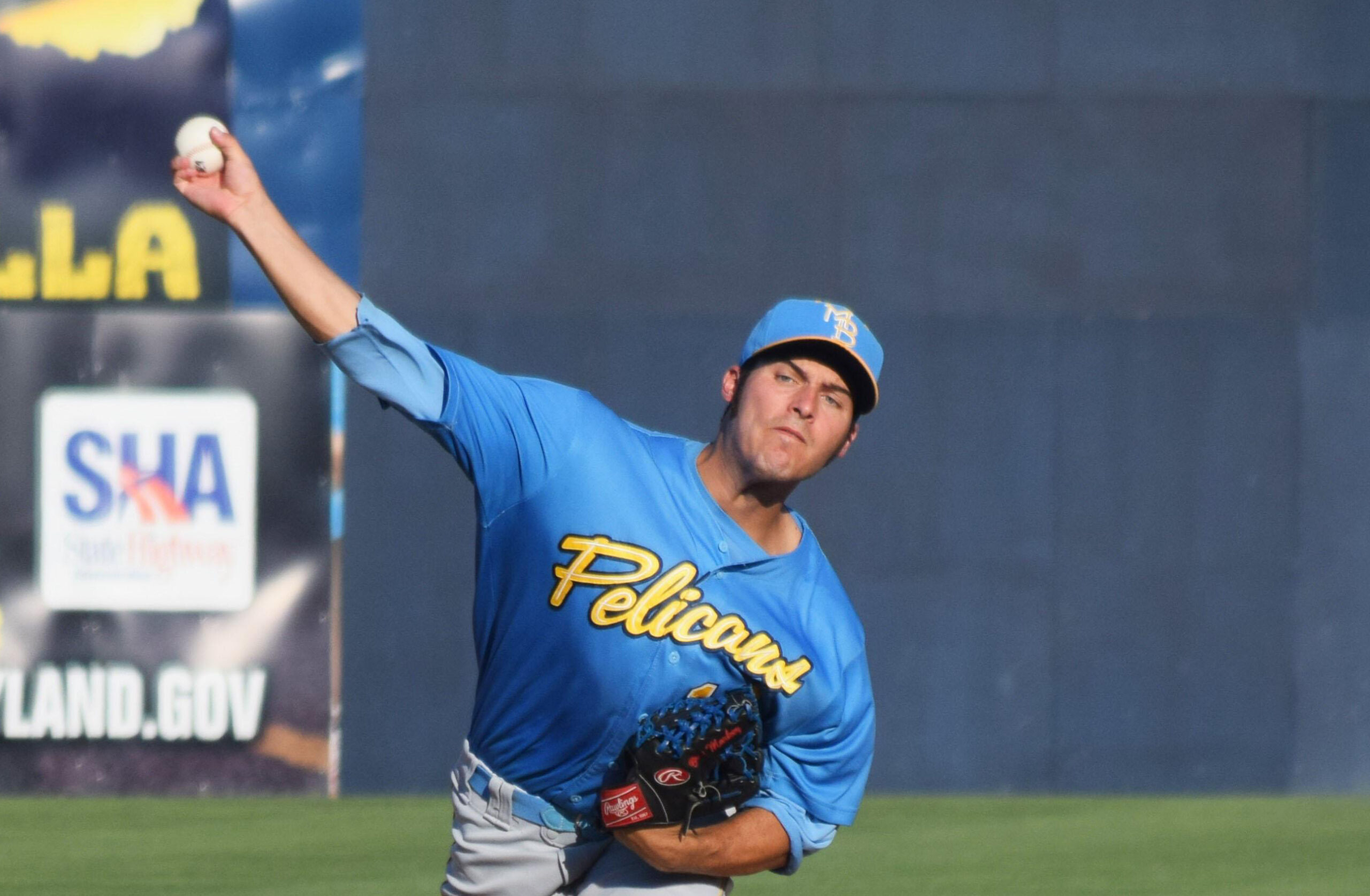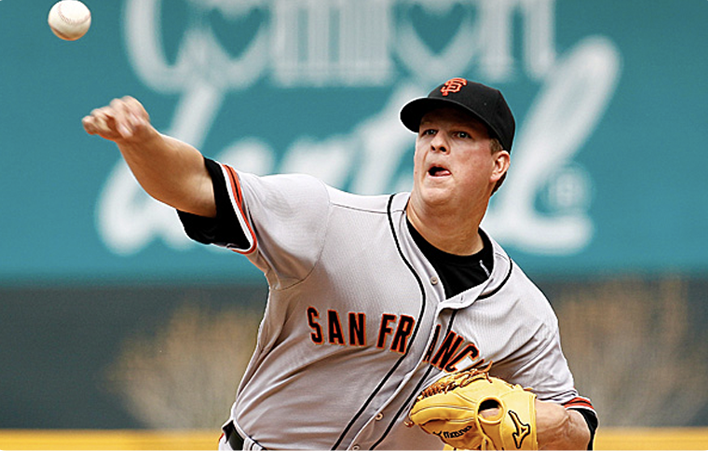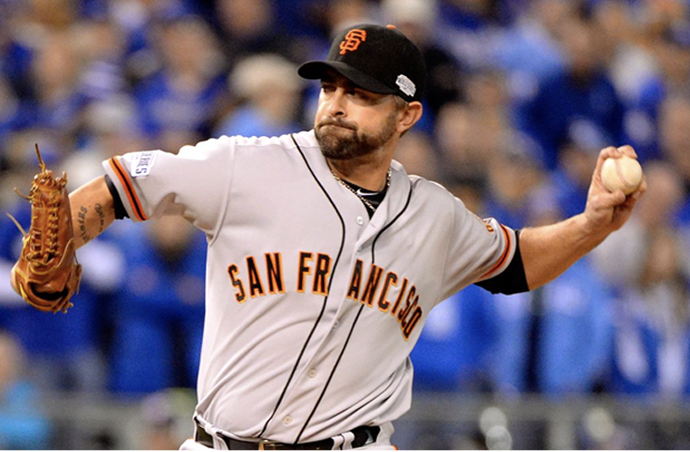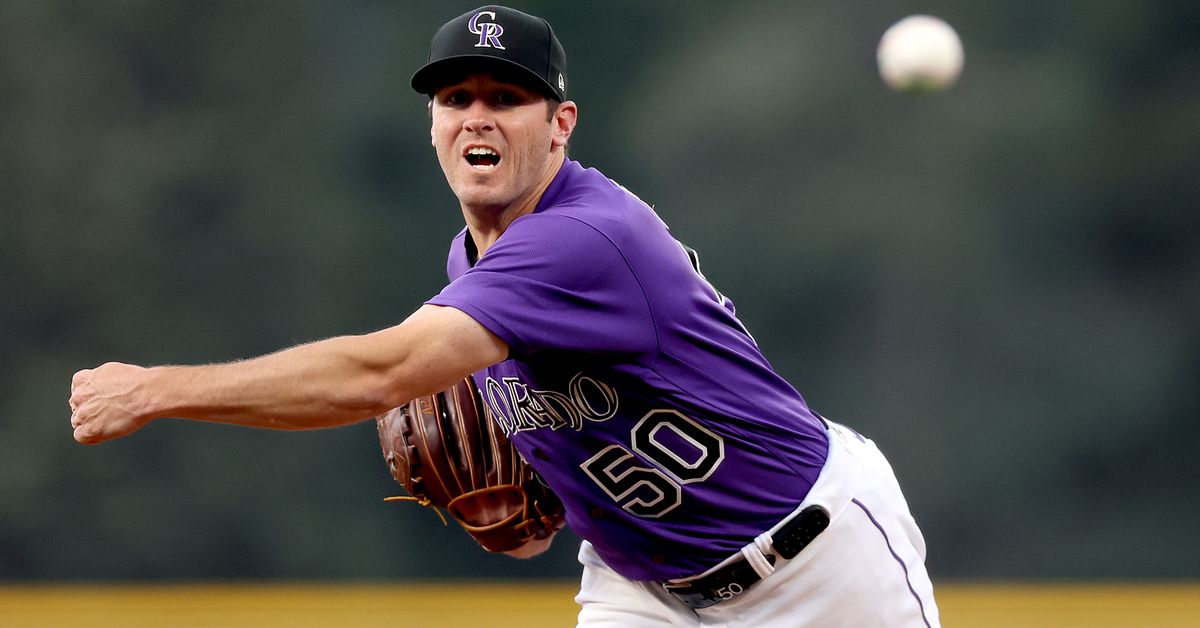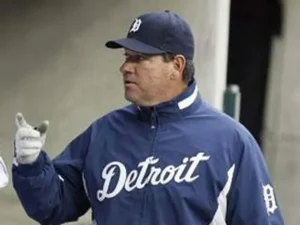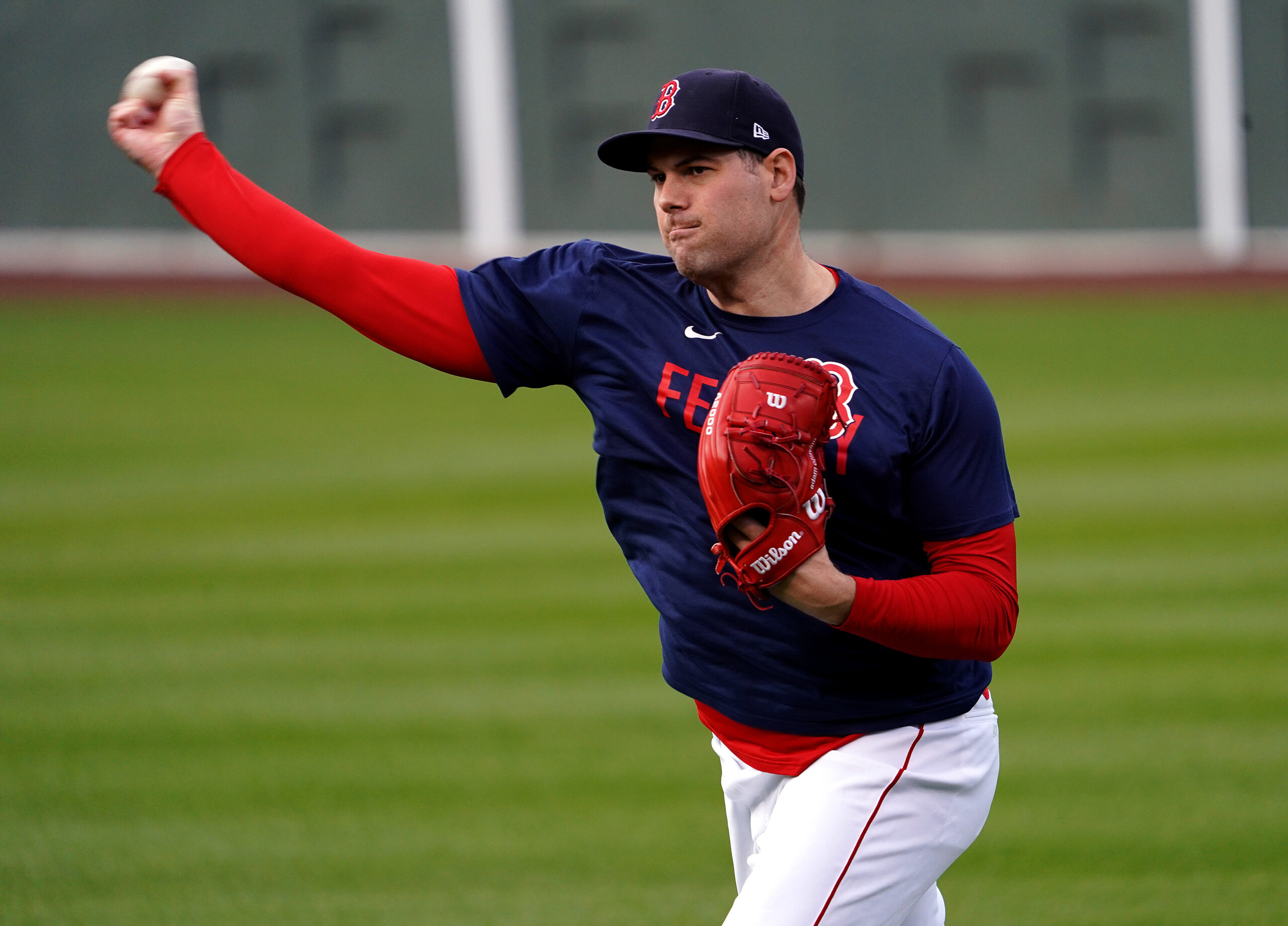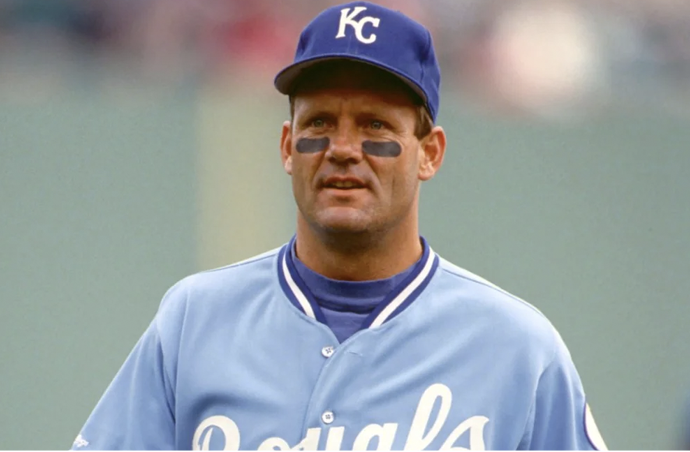In baseball, spin rate refers to the number of revolutions a baseball makes per minute while it’s in flight after being thrown. It’s an important…

Lock-in with Zone Motion


CONSISTENCY?
It's in the the Zone!

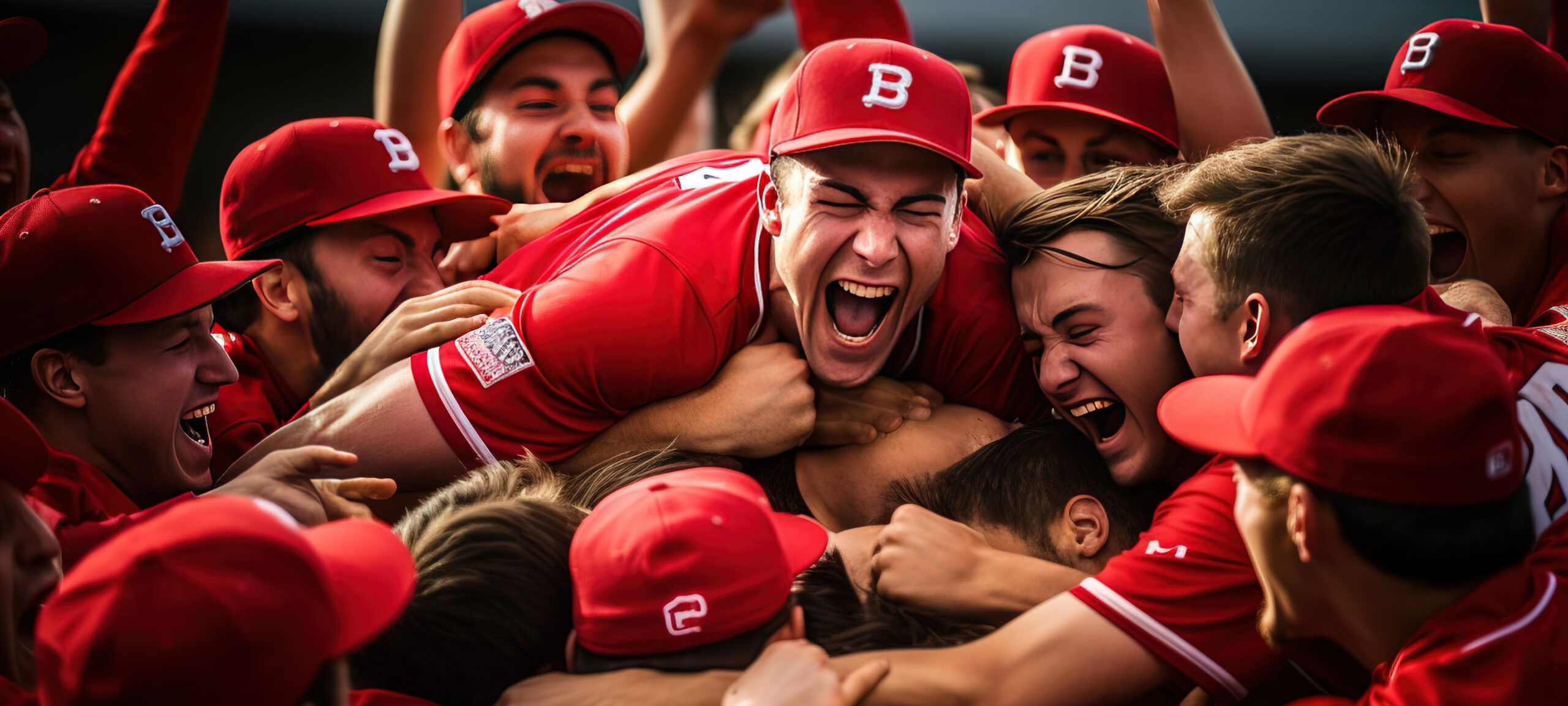
BRINGS JOY


ZONE MOTION'S
Case Studies
Case Studies
THE SCIENCE
When an athlete is in the Zone, studies show that their Pre Frontal Cortex is quiet.
THE PHYSICS
A quiet Pre Frontal Cortex allows the Basal Ganglia and Cerebellum access to sensory input.
THE SCIENCE
When an athlete is in the Zone, studies show that their Pre Frontal Cortex is quiet.
THE PHYSICS
A quiet Pre Frontal Cortex allows the Basal Ganglia and Cerebellum access to sensory input.
WHY ZONE MOTION?
Gain an on-field advantage!
Zone Motion has been taught in 13
different professional sports
Zone Motion has been taught to athletes
in more than 20 amateur sports
Zone Motion helped pitchers increase
their average spin rate by 9.5%
Zone Motion helps pitchers increase their
strike-throwing rate by more than 22%.
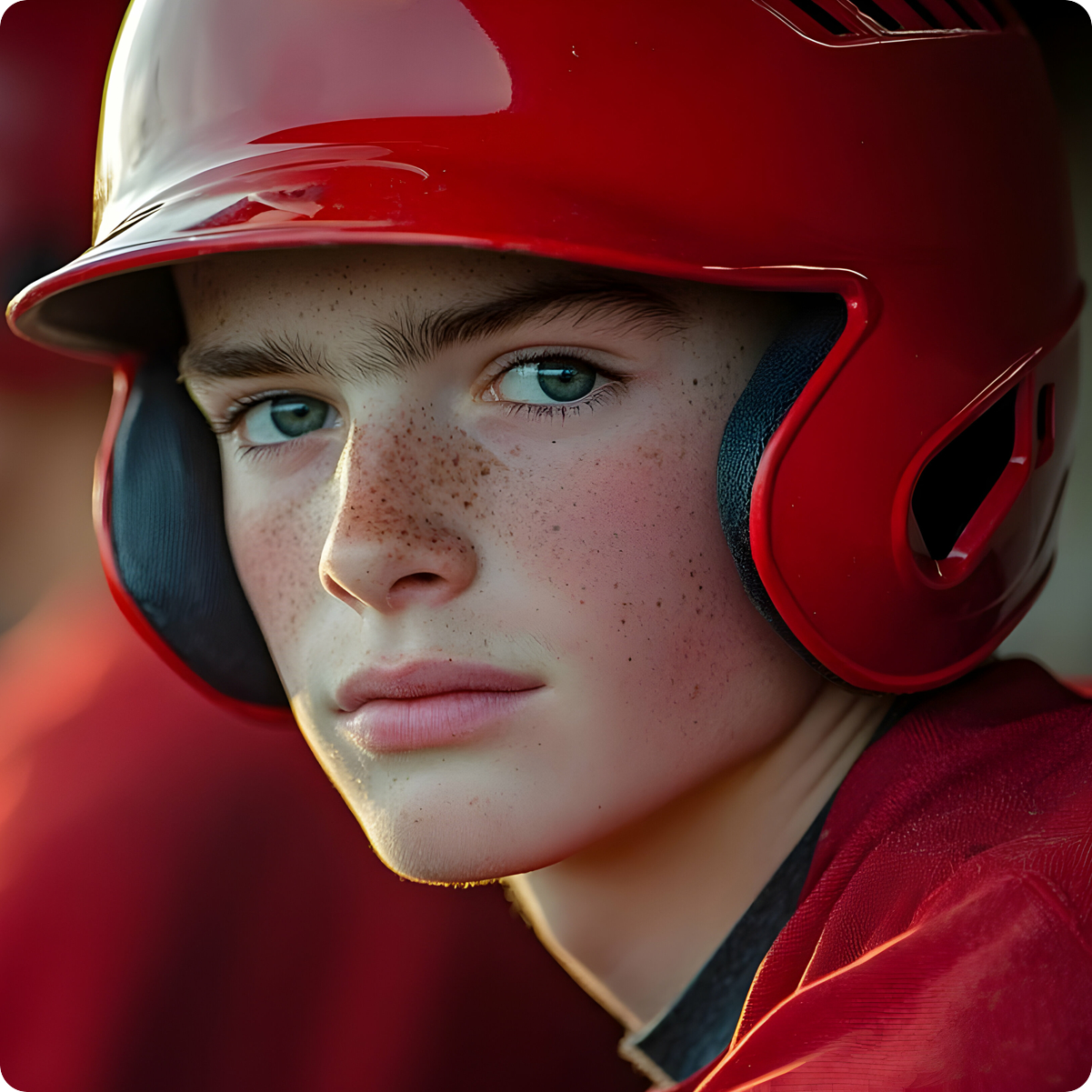
FAQs
Common Questions
Is there an ideal age for a player to start Zone Motion?
No, the earlier, the better. Build the neural pathway to allow the best development and access to one’s full ability. However, an older player may have a greater appreciation for having experienced the challenges of consistent performance for longer.
Will Zone Motion work for all players?
Because the training is based on neuroscience, it works for all players if they commit to the on-field and off-field work. There is nothing that is overly time-consuming. Some players may have a more difficult time with integration, due to the state of the nervous system and previous conditioning. As long as there is a commitment and you make an effort to get your questions answered, you will benefit.
Is there science supporting the Zone Motion training?
The American Sports Medicine Institute has conducted five research projects and one study. The findings show that performance increases, development is expedited, and the chance of soft tissue injuries is reduced.

ZONE MOTION'S
Blogs & Articles
Blogs & Articles
“The zone” is a term used to describe a mental state where a person is fully immersed in an activity, often achieving peak performance and…
The brain is an incredibly complex organ that serves as the control center for the entire body. It processes sensory information, controls bodily movements, and…







